Digital scheduling calendars compared and explained
A lot has changed on the digital front in the last few decades, but the only constant I see is the huge hassle with digital diaries and scheduling calendars.
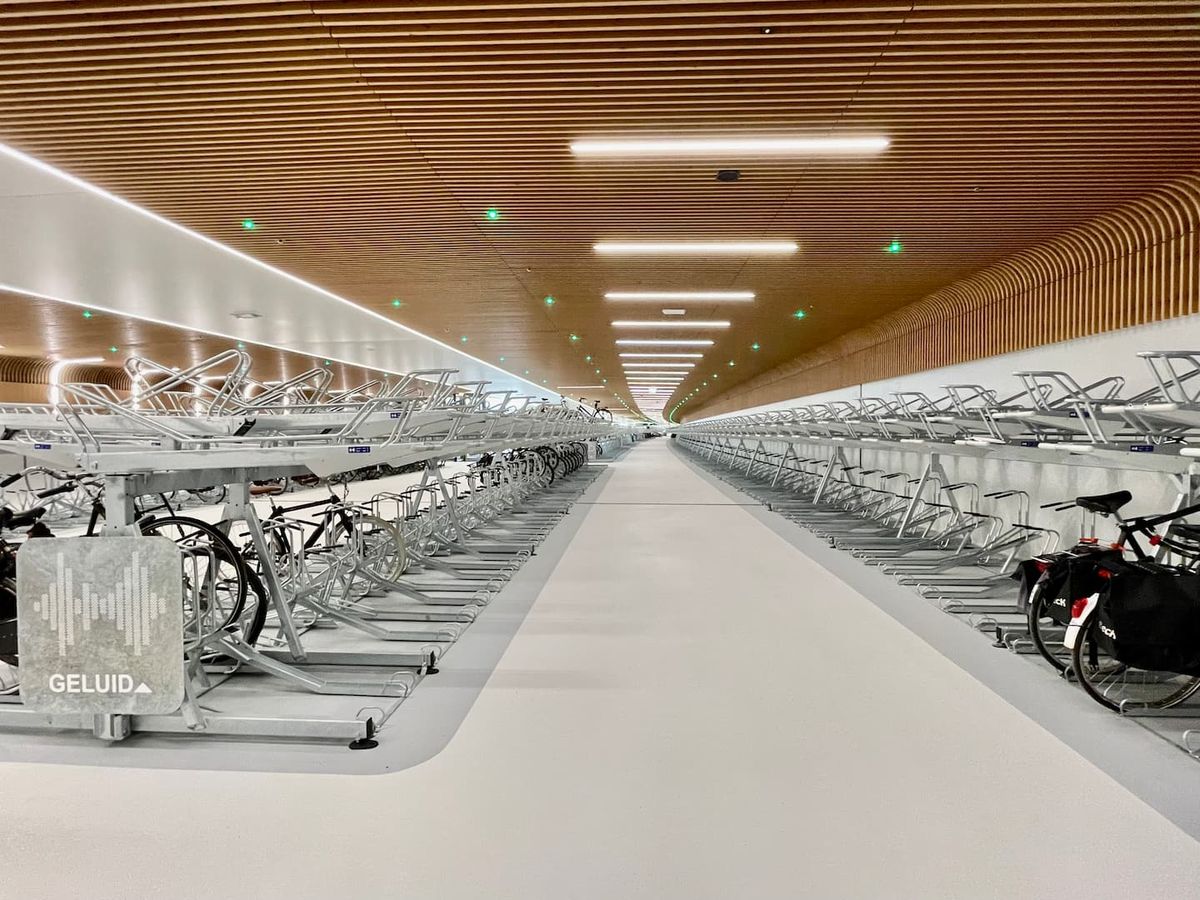
The diary and scheduling calendar are tools that mankind has used for thousands of years, and to which divine powers have long been ascribed. Something of that divinity still radiates from them and for many, the diary is something magical and the hustle and bustle of it even a status symbol.
It is also pre-eminently the place where the personal and the professional should mix like oil and water. It is also a tool that can bring order to chaos, but is also quickly derailed when participants (or available spaces) are missing due to illness, abandonment or mistakes.
In this article, I will take you through the different forms digital diaries and scheduling calendars can take digitally. To plan and manage personal and professional appointments. The calendars themselves, the types of invitations, scheduling appointments and reservations, schedules in public calendars.
Types of digital scheduling calendars
The most basic building blocks, of course, are the digital calendars themselves. That which people use to book and manage appointments, via computer and mobile phone.
And actually, you still have to distinguish the programme from the calendar server. You can view a Google Calendar through your Apple Calendar just fine. (Or Exchange, Office 365, iCloud).
There are several digital calendar or scheduling apps that people commonly used to manage their calendars. Market shares for calendar apps can be difficult to determine as they depend on several factors such as platform, region and type of user.
However, here are some rough estimates made with available data:
- Google Calendar: As of January 2021, Google Calendar would be the most used scheduling calendar app worldwide, with more than 500 million monthly active users.
- Apple Calendar: Apple Calendar is the pre-installed calendar app on Apple devices, including iPhones, iPads and Mac computers. By 2021, Apple had an estimated 1.65 billion active devices worldwide, indicating a significant user base for the Apple Calendar app.
- Microsoft Outlook: Microsoft Outlook is a popular calendar app among business users and is often used in corporate environments. According to Microsoft's Q4 2021 earnings report, Microsoft 365 had 300 million paid copies, including access to Outlook's calendar feature.
Of course, the main calendars are also available as a web page or as part of webmail.
Let me start with explaining how calendar's and schedules can be filled.

Planning appointments and reservations
Full diaries are a well-known problem. But how do digital diaries actually get filled? I see these ways:
- Creating an item yourself
- An item is shared
- Items are in a public or shared calendar
For item two, it could be joint scheduling (Doodle/Date picker) or subscribing to a calendar (Calendly). In both cases, you will eventually receive an item to add to your calendar.
And if you are scheduled somewhere, for family, school or work, these items are usually in a fixed calendar or a shared calendar where you have a bit more freedom.
Invitations shared
So besides creating an appointment yourself, you can also get an invitation shared. For a 1-to-1 appointment or with a group.
Invitations that are shared are an item sent to you or posted on a web page. The request or event contains details such as the date, time, place and purpose of the meeting, and the recipient(s) can choose to accept or decline the invitation.
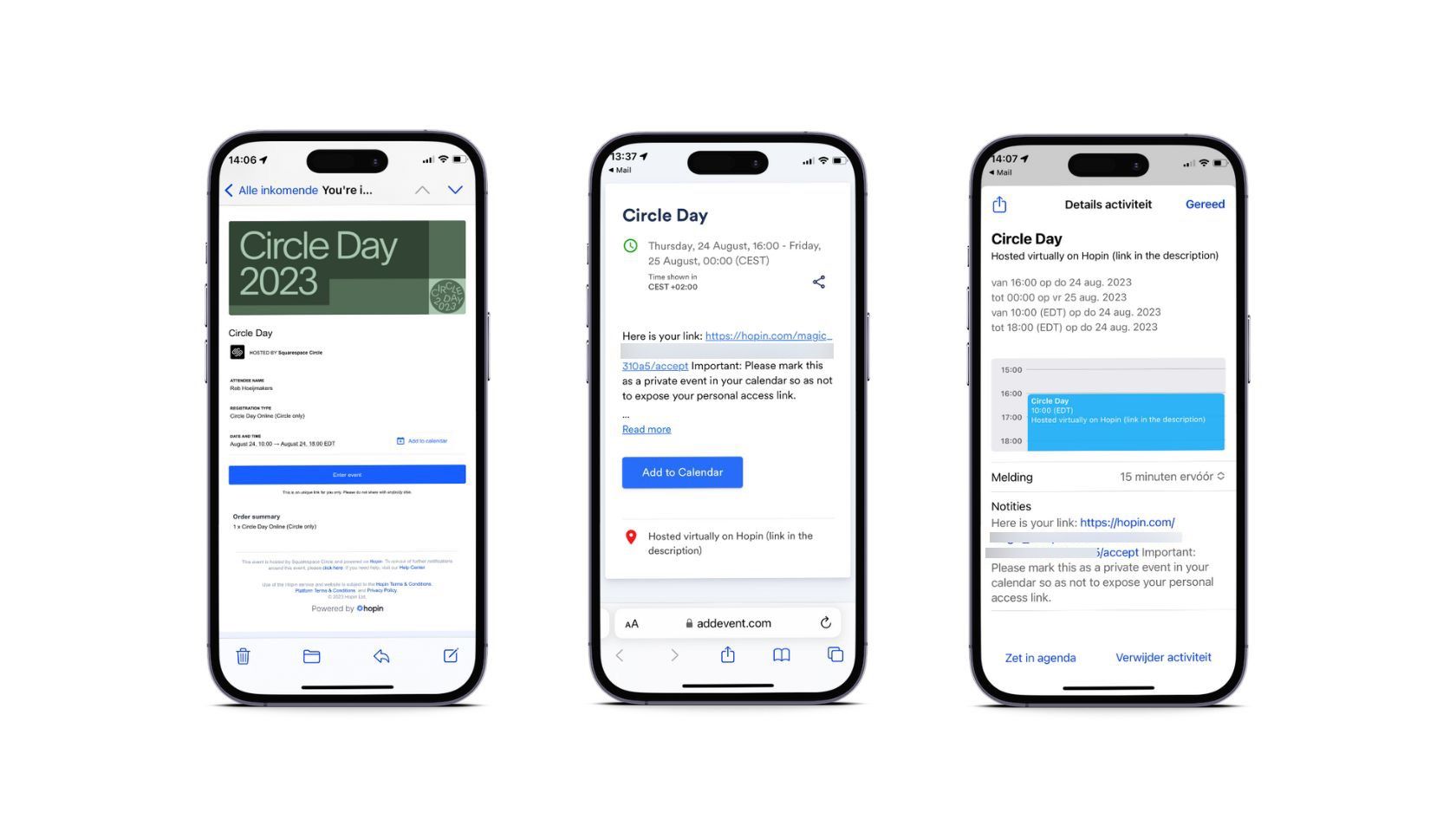
You get these calendar items as soon as you participate in an event such as a concert, train or plane trip, course or meeting. For example, if you participate via Facebook, LinkedIn or Hopin.
Applications such as Date Picker and Calendly will also share an item with you so that it will end up in your digital calendar. And increasingly, online events are sharing a calendar from which you can choose sessions.
There are two variants of such an invitation. The first is an ICS file that you open and save locally, and the second is an invitation to Google Calendar. They are hard to tell apart, I wrote an articles on explaining the difference between ICS and Google invitations.
Applications such as Doodle
Scheduling an appointment will involve looking for a date after some consultation, for instance via e-mail or WhatsApp. For this, there are applications like Doodle or date picker that work with a poll or poll.
Situations for which this is useful are:
- Planning meetings
- Planning events (parties, workshops or conferences)
- Planning interviews (recruiters)
- Arrange travel
- Arrange consultations (lawyers, doctors or consultants)
In general, tools like Doodle are useful in any scenario where planning and coordination are needed. They can save time and reduce frustration by simplifying finding a mutually agreeable time for meetings, events or other types of appointments.
If the appointment is confirmed by everyone in the group (or the majority) then it can be saved in the digital calendar.
Scheduling software
It is a type of software application designed to simplify the process of scheduling meetings or appointments by allowing users to easily view available time slots and book appointments or meetings with others. Examples are Calendly, Microsoft Bookings, Google Calendar, Koalender and Acuity by Squarespace.
Planning or appointment scheduling software has become increasingly popular in both personal and business life, with a significant increase in application in recent years.
In personal life, scheduling software is often used to schedule appointments with doctors, dentists, consultants, coaches and other service providers.
Good to know is that, on the back end, these tools are often linked to the digital calendar of the professional who offers. If this person is not available according to the calendar, the available time will also disappear.
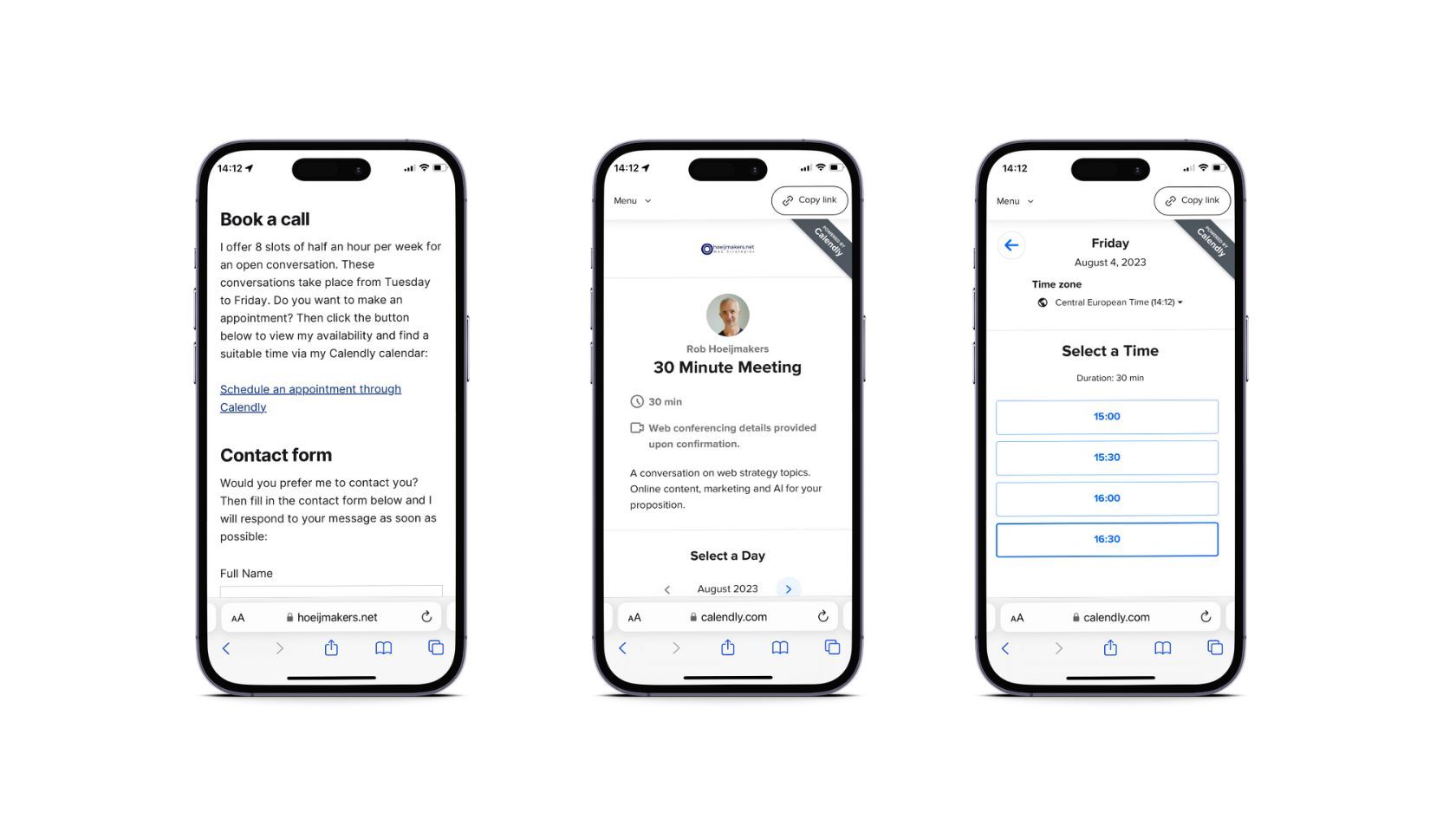
By the way, by no means everyone is enamoured with these kinds of tools. A good proportion of people find it unseemly and rude to be saddled with finding a free slot in someone else's diary. Personally I think Calendly makes a lot of sense but you need to use it with care and don't push them up to people. I use it to make appointments available to meet new people.
Online events
The way we interact with events has undergone a major shift. Online events are the standard, offering convenience, global reach and flexibility. These virtual meetings include everything from webinars and workshops to conferences and product launches.
As more and more organisations embrace the virtual world, the need for efficient event management has never been greater. Event management software, such as Cvent, Goldcast and Eventbrite, forms the basis of these virtual experiences.
One feature of this tool is the integration of event schedules with digital calendars. Participants receive formatted calendar invitations, complete with fixed event times and session details.
This integration unites structured schedules and participant flexibility. Participants can explore the range of sessions on offer and choose those that match their interests and availability. Individual items then go into the digital calendar.
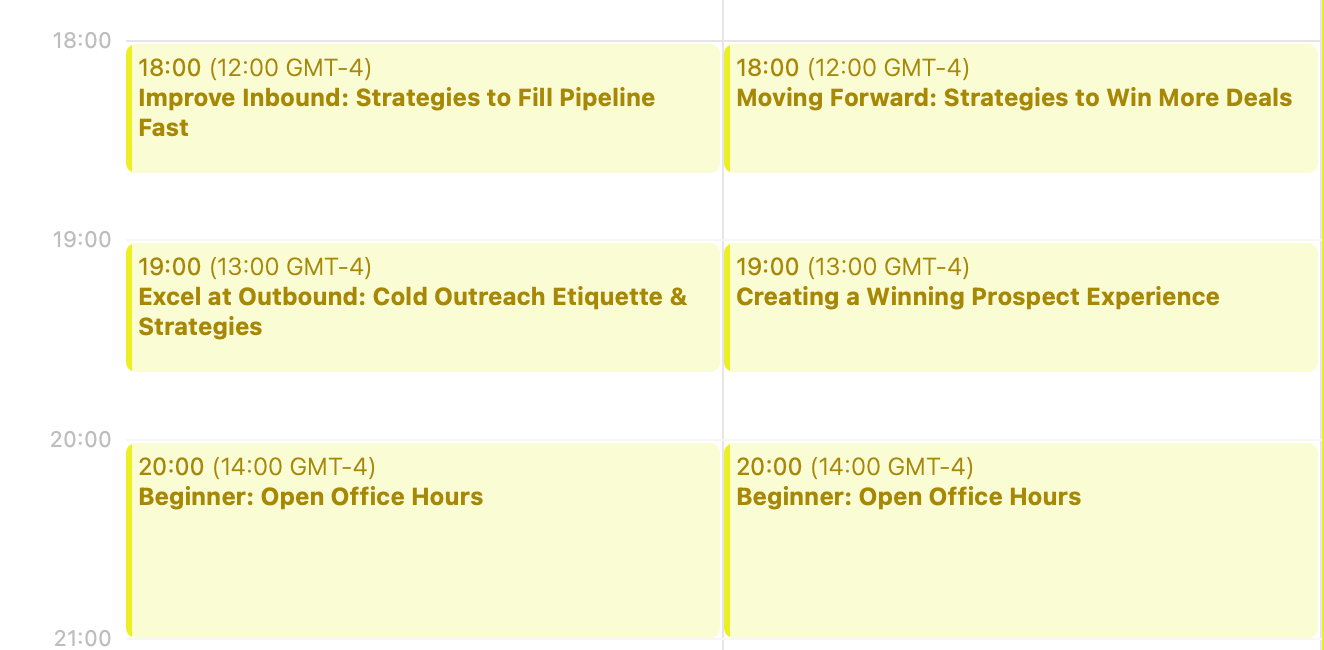
Shared and public agendas
On the above forms, you still have some control. This is often not the case for shared calendars, schedules and public agendas. You can access these, but usually not edit them. To have these in your digital calendar, you usually have to take out some kind of subscription.
Shared calendars
Shared calendars are powerful tools that enable individuals and teams to collaborate seamlessly and plan effectively. These calendars allow multiple people to access the same calendar and jointly manage appointments, events and deadlines. This type of calendar is particularly useful when people collaborate on projects, organise joint events or simply want to coordinate their personal and business schedules.
These shared calendars offer different levels of access rights. Some participants may only be able to view appointments, while others have the ability to add new items and edit existing ones. This flexible system makes it possible to share information without sacrificing security or control.
Shared calendars can have a variety of uses. They are often used in business environments to manage team activities and deadlines. They are also valuable on a personal level, as in the case of partners who need to coordinate both personal and business commitments. The ability to see real-time changes and respond immediately makes shared calendars an essential tool for modern collaboration and planning.
Schedules
Scheduling software, also known as employee scheduling software, helps organisations manage employee schedules, shifts and time off. Especially companies with hourly or shift workers, such as shops, restaurants and healthcare facilities, use these tools.
The software improves efficiency, reduces errors and saves time in employee scheduling. It automates manual processes, allowing companies to focus on other core aspects of their operations.
Schools also use scheduling software to keep track of class schedules, teacher allocations to classes and availability. It manages substitute assignments and tracks teachers' professional development hours.
Besides timetables, these programmes can also track student attendance and manage extracurricular activities.
Some examples include Blackboard, Moodle and PowerSchool.
Family planners
Digital family planners have revolutionised the way families manage their busy lives. These modern tools go beyond traditional calendars and shared diaries by being specifically designed to streamline the complex planning of family activities.
Digital family planners allow all family members to keep track of their appointments, events and tasks in one place. What sets these planners apart are additional features tailored to the needs of families. They often offer colour-coding to identify each family member, notifications for approaching activities and the ability to share shopping lists and to-do's. Some platforms even offer integration with other apps and services, such as grocery delivery or location tracking, to further simplify family life.
With the proliferation of work, school and leisure activities, coordinating family calendars has never been more crucial. Digital family planners meet this need by enabling families to work together in a streamlined and organised way. Whether planning parents' evenings, sports events or family outings, these tools contribute to a smooth and well-organised family life.
Examples of family planners are: Cozi, FamilyWall, TimeTree.
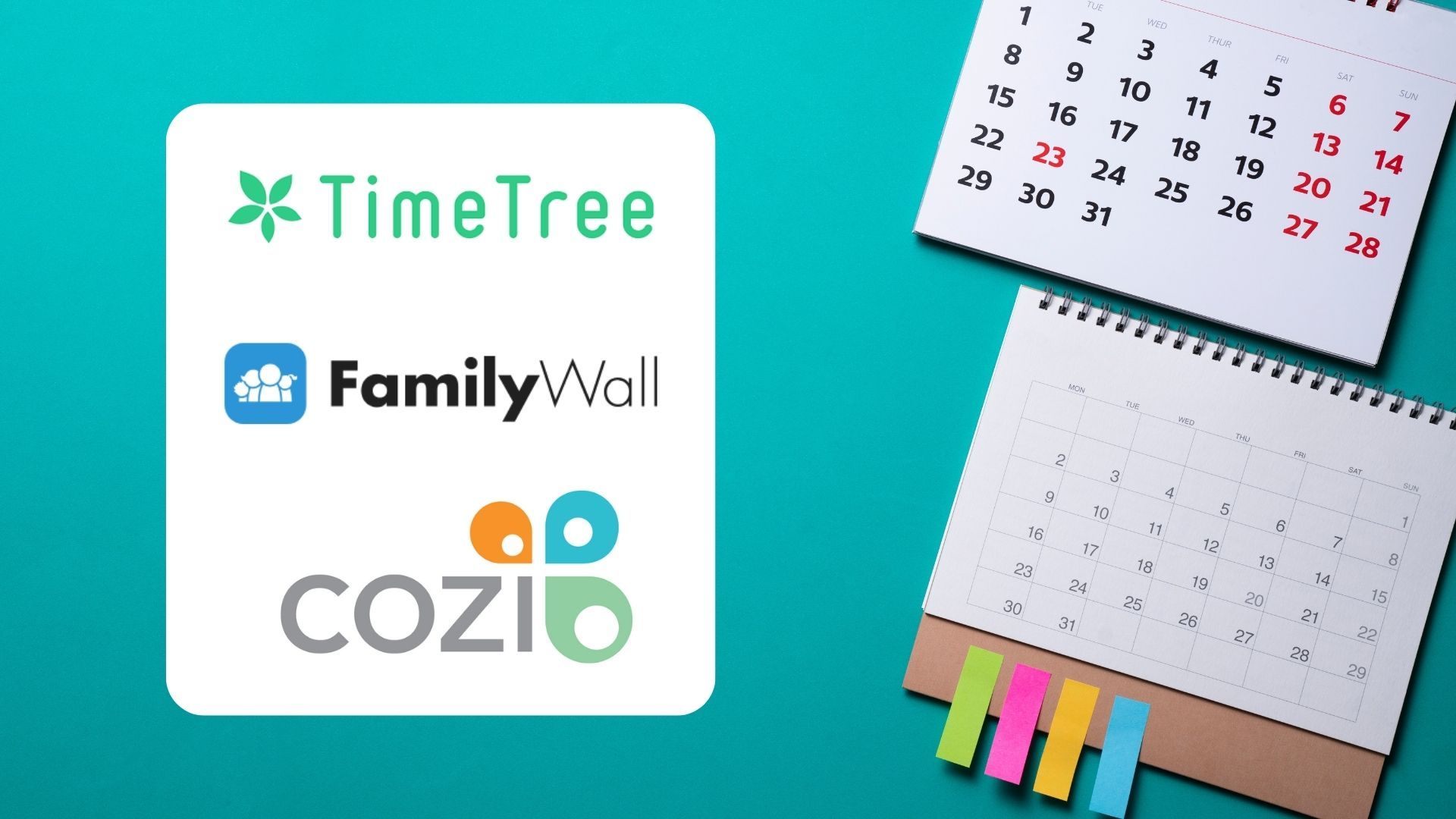
Public calendars
Public calendars are calendars that anyone can view or open. These calendars can be used to share information about events, appointments, meetings and other types of planned activities.
Here are some common use cases for public calendars:
- Business calendars
- Public events
- Municipal calendars
- Personal calendars
In general, public calendars can be a useful tool for sharing planning information with others, promoting events and improving communication and collaboration within a group or community.
I use them to calendar my contacts' birthdays, keep track of public holidays and my plane and hotel bookings. But calendars for football matches and TV broadcasts are also popular.
Schedjoules' app includes dozens of calendars you can subscribe to:
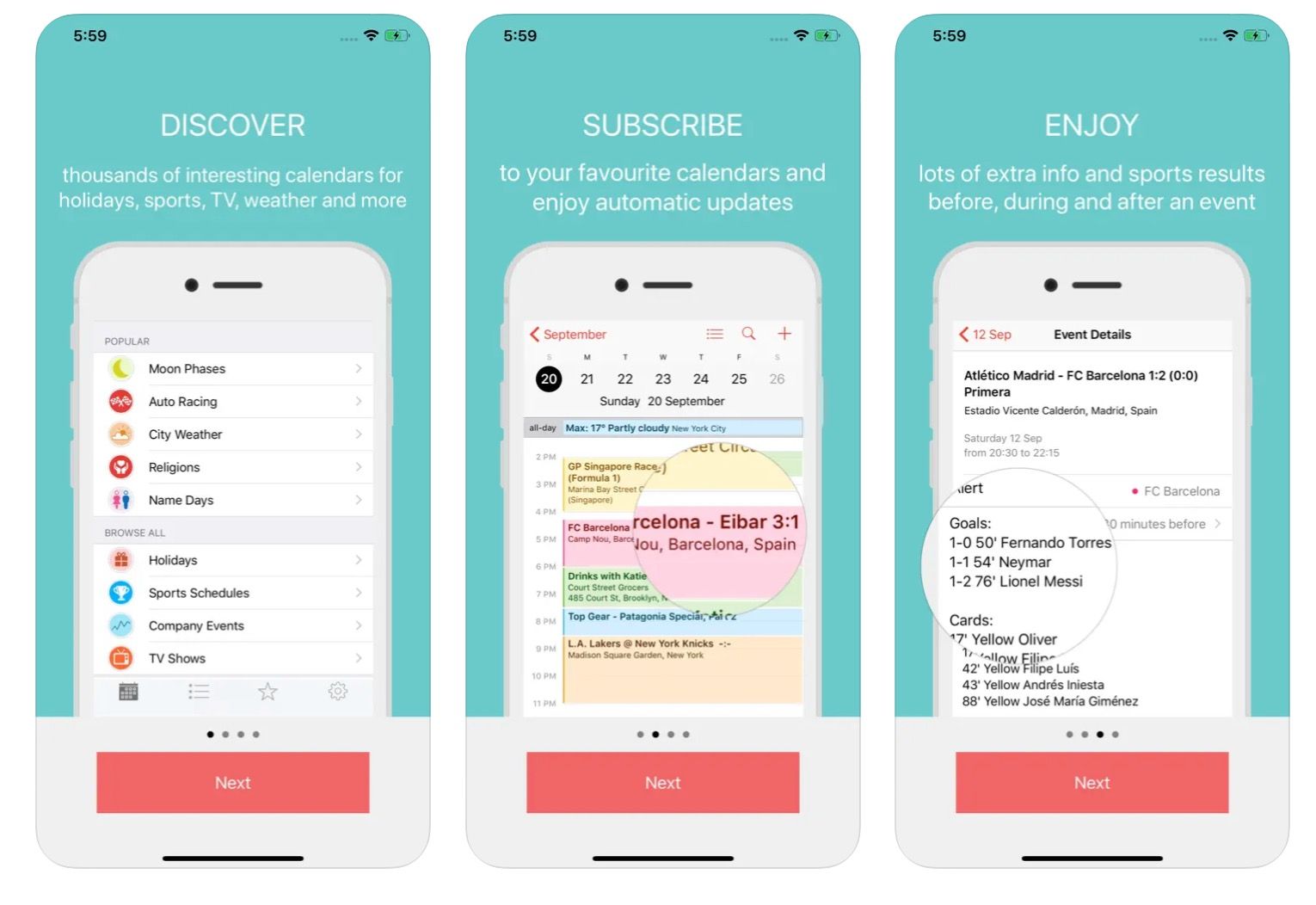
Calendars wrapped up
Digital invitations, diaries and calendars come in multiple shapes and sizes. They provide much-needed structure and the opportunity to bring groups of people together efficiently and effectively.
But they are also a genre in their own right, and not yet easy to deploy well. They are subject to social dynamics, rankings and the whims of humans. As a result, they can sometimes cause more work than they take away. Also, the many options sometimes make it so complicated that people fall back on pen and paper.
And another thing, digital diaries fill up faster it seems, especially if others have direct access to them.





